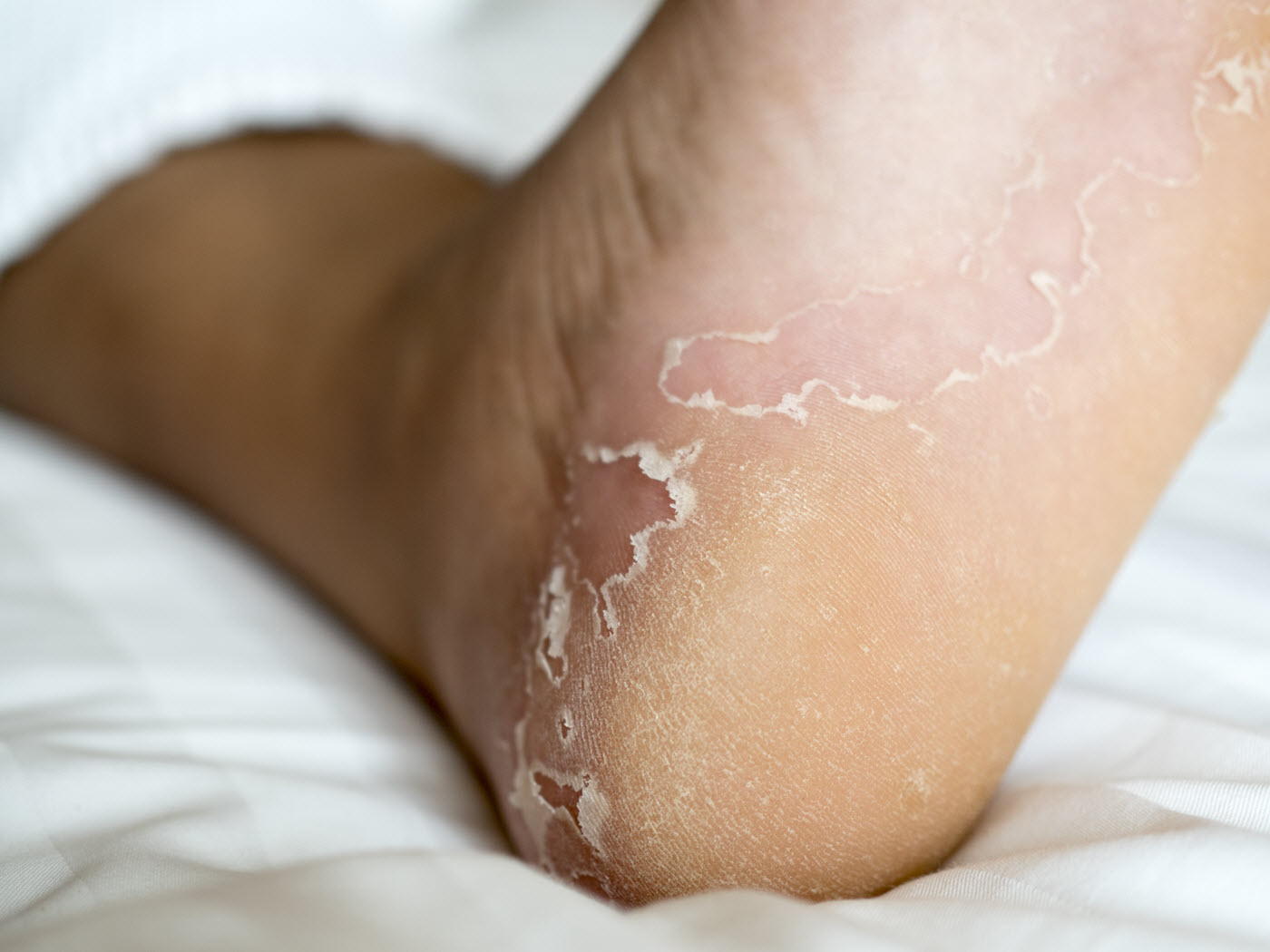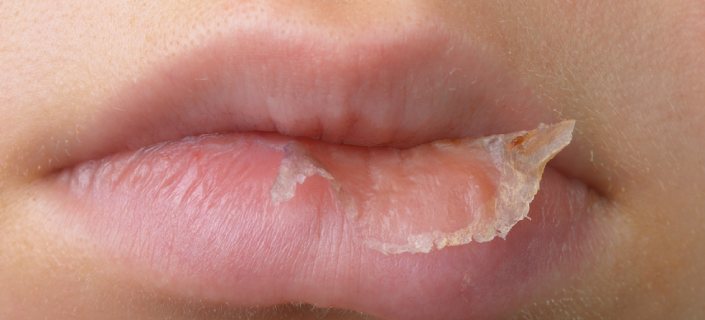Table of Content
Salicylic acid peels for the treatment of photoaging. And that does it for doing chemical peels at home! Keep in mind that incorrectly applied chemical peels can leave you scarred for life.

It is common for skin to get dry and the condition is marked by less than the required water in the epidermis . With age, the incidences for having dry skin increases. The skin uses this natural process to replace dead cells with new and healthier ones.
Mandelic acid products
Moisturizers come in the form of ointments, creams, or lotions; choose whichever suits your skin the most. You can even ask your skin specialist to recommend you the best option. Make it a rule to always wear a broad-spectrum sunscreen with at least 30 SPF during the day, especially when going outdoors.
In some cases, treatment may be simple and involves over-the-counter or home remedies. Peeling skin could also be a sign of an underlying health condition that requires treatment. Before applying to your face, allow the mix to cool in the refrigerator for about a half an hour to thicken up. Apply on your face for between 15 and 20 minutes, or until it completely dries, and then peel off the mask using warm water. To make this mask, steep the chamomile and green teas together in approximately 4 oz of water and add the unflavored gelatin. Blend a cucumber until it resembles the consistency of a paste, and add the cucumber juice to the tea and gelatin mixture.
Lemon Juice
In fact, chemical peeling with glycolic acid is an oft-recommended medical treatment for skin peeling caused by sunburns. Another potential home remedy for peeling skin that should not be looked down on is papaya. This healthy fruit is loaded with rich source of antioxidants which are beneficial for concealing the skin-related problems.

Include family, friends, neighbors, carpool drivers, doctors, teachers, employers, and the local health department. The number of people infected by SARS-CoV-2 changes every day. See our news story for the latest updates on this developing story.
What conditions can cause your skin to peel?
With COVID-19, it usually refers to someone who gets the virus even though they haven't been exposed to someone who has COVID-19. Anyone can get COVID-19, and most infections are mild. The older you are, the higher your risk of severe illness. You have been exposed to people who have it within the last 14 days. COVID-19is a disease caused by SARS-CoV-2 that can trigger what doctors call a respiratory tract infection.
If you don't feel well, stay home.Even if you have mild symptoms like a headache and runny nose, stay in until you're better. This lets doctors focus on people who are more seriously ill and protects health care workers and people you might meet along the way. Try to stay in a separate room away from other people in your home. The virus can lead topneumonia, respiratory failure, heart problems, liver problems,septic shock, and death. Many COVID-19 complications may be caused by a condition known as cytokine release syndrome or a cytokine storm.
Most-Asked Questions About Skin Peeling
It doesn’t hurt normally, but it can be alarming if it becomes severe and you don’t know why it happened. You should call your healthcare provider if you have unexplained peeling skin or develop signs of an infection like fever or chills. The best DIY home spa facial products and accessories, devises, and gadgets for optimizing the treatment of aging skin and facilitating skin rejuvenation. Chemical peels are a type of exfoliation using an acid that dissolves and removes dead cells on the surface, revealing younger cells below.

It looks for signs of the virus in your upper respiratory tract. You or the person giving the test puts a swab up your nose to get a sample from the back of your nose and throat. That sample usually goes to a lab that looks for viral material, but some areas may have rapid tests that give results in as little as 15 minutes. The CDC reports there is evidence COVID-19 can be transmitted if you get within 6 feet of someone who is infectious for a total of 15 minutes throughout a day. It had previously been believed the exposure had to be 15 minutes at a time. While scientists hoped initially thathigher temperatures and humidity levels might help slow the spread of the coronavirus, that was not the case.
Much like the BHA chemical peel, this concoction utilizes aspirin as a source of salicylic acid. To make the mixture, place the non-coated aspirin tablets in a bowl while you soak your feet in hot water for about 20 minutes. Before allowing the aspirin to completely dissolve, pour the juice of one lemon over the aspirin and mix it into a thick paste. Whenever you touch your skin or apply any product, do it very gently.

Use a Q-tip, a cotton swab, or a cotton pad to apply the chemical solution to your face. Start with the areas that are less sensitive, such as the skin on your forehead, cheeks, and chin, and then apply it to your nose and neck. As it gets dry, peel off and then rinse the skin off with cool and clean water. Place a cool, wet compress on your skin for 20 to 30 minutes to soothe irritation and stop peeling. Avoid showering if your skin is blistered in addition to peeling, as showering may pop your blisters and trigger more peeling.
While there are many chemical peels to choose from, here we share the recipe for some of the best DIY chemical peels that you can try at-home. Whipping up your very own chemical peel at home may seem like a lot of work, but it’s actually a relatively easy and cost-effective way to give your skin a big-time boost. The skin covering your lips is extremely thin and prone to peeling, especially during winters or if you have a habit of licking them. So, care for your lips as much as the rest of your facial skin.
Squeeze the juice of one lemon and one orange into a small bowl. Heat the citrus juice in the microwave until the mixture is hot but not boiling. Another option is to massage vitamin E oil on your skin to prevent flaking and dryness. If you are applying it on your hands and legs, then make use of gloves or socks, respectively, while sleeping. Consult a doctor immediately if you notice signs of infection, such as crusting and oozing, from the flaky and irritated skin.
This is the outermost layer of your skin and also the thinnest layer. Even though your epidermis is thin, it plays an important role in protecting your body against bacteria and germs. It also makes new skin cells to replace the thousands of cells that die off every day. There are many natural treatments that work amazingly as part of any anti-aging skin care routine. Salicylic acid is the most common form of beta hydroxy acid used in peels. It has antibacterial and anti-inflammatory properties and, therefore, usually recommended for acne prone and oily skin types.


No comments:
Post a Comment